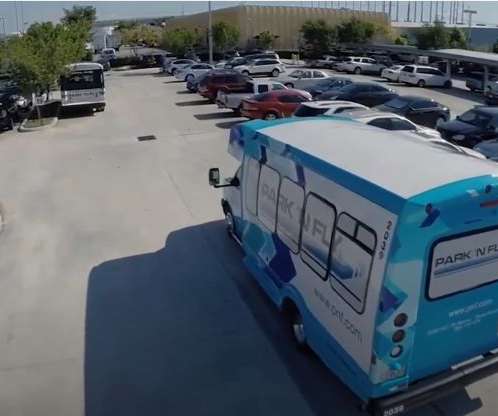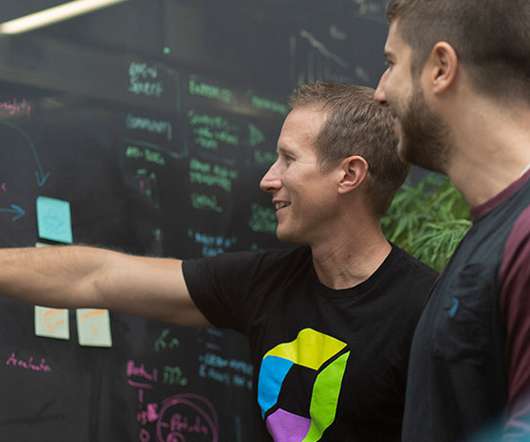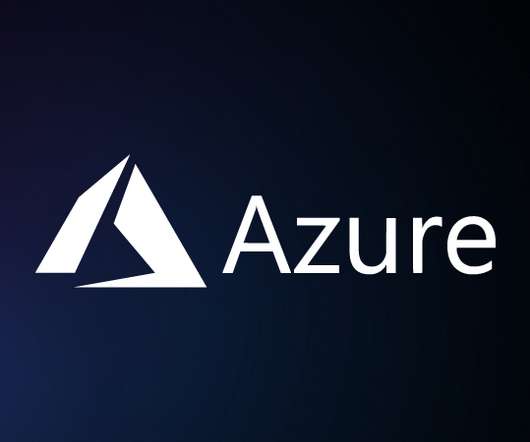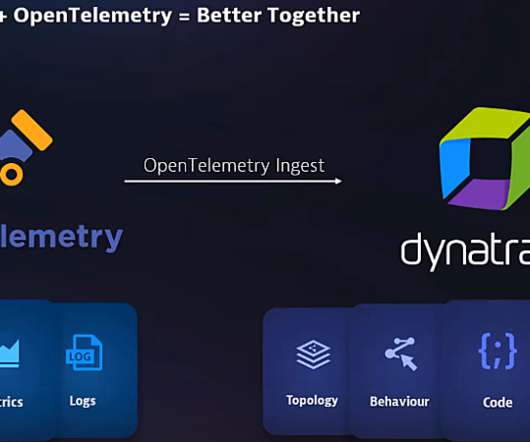What is full stack observability?
Dynatrace
APRIL 6, 2022
Endpoints include on-premises servers, Kubernetes infrastructure, cloud-hosted infrastructure and services, and open-source technologies. Observability across the full technology stack gives teams comprehensive, real-time insight into the behavior, performance, and health of applications and their underlying infrastructure.






















Let's personalize your content